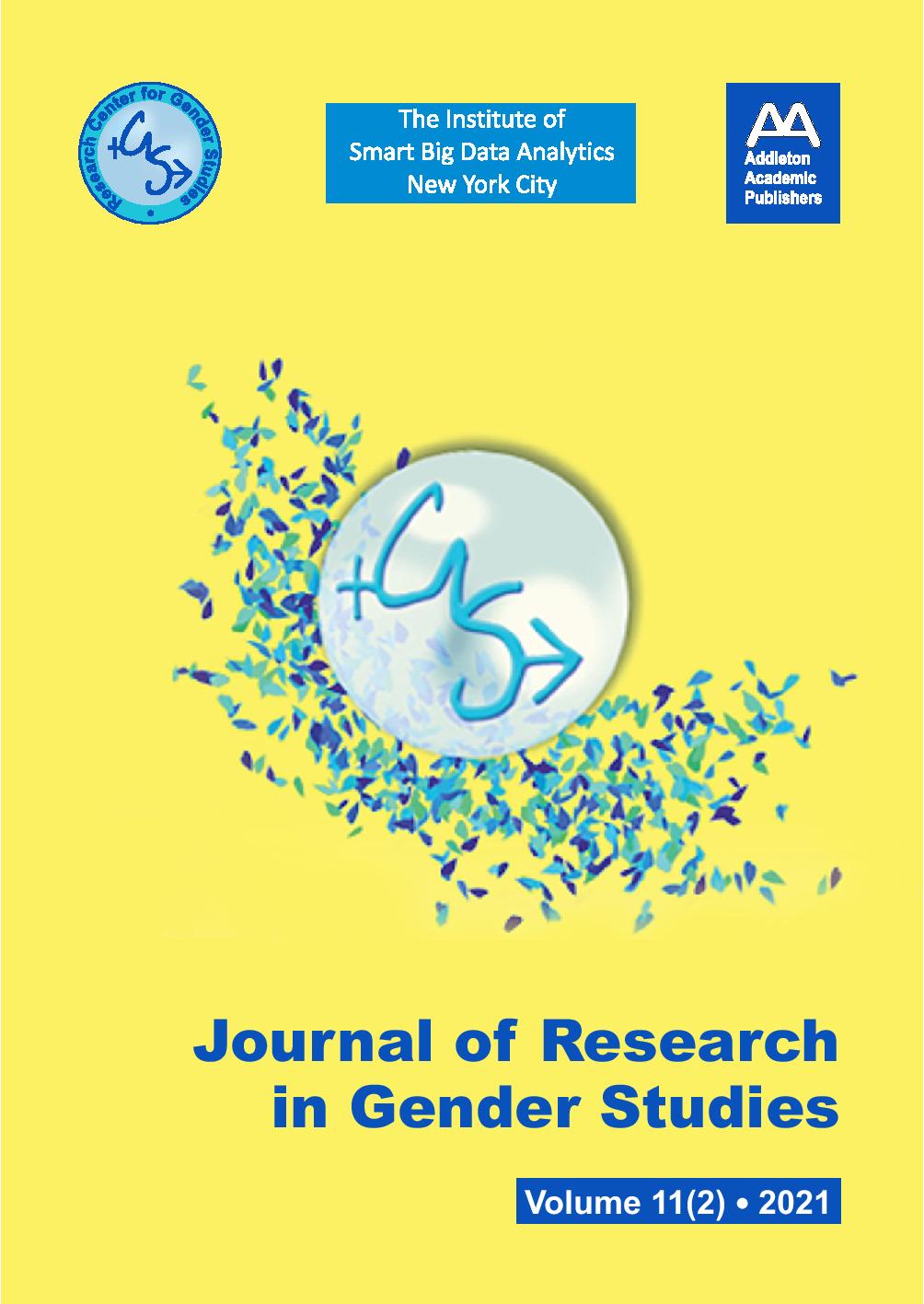Algorithmically Monitoring Menstruation, Ovulation, and Pregnancy by Use of Period and Fertility Tracking Apps
Algorithmically Monitoring Menstruation, Ovulation, and Pregnancy by Use of Period and Fertility Tracking Apps
Author(s): Helen WelchSubject(s): Gender Studies
Published by: Addleton Academic Publishers
Keywords: period; fertility; tracking app; menstrual; gender; surveillance tool
Summary/Abstract: I draw on a substantial body of theoretical and empirical research on algorithmically monitoring menstruation, ovulation, and pregnancy by use of period and fertility tracking apps. With increasing evidence of menstrual tracking and fertility apps, markers of ovulation, and reproductive monitoring, there is an essential demand for comprehending whether fertility-based apps monitor patterns and discontinuations in user’s cycle, track average cycle or period duration, and determine approaching menstrual cycle. In this research, prior findings were cumulated indicating that fertility tracking apps are developed on cutting-edge algorithms for personalized determination of the fertile window by resorting to basal body temperature and additional physiological parameters. I carried out a quantitative literature review of ProQuest, Scopus, and the Web of Science throughout June 2021, with search terms including “female reproductive health apps,” “fertility tracking mobile apps,” “menstrual tracking and fertility apps,” and “period and fertility tracking apps.” As I analyzed research published between 2019 and 2021, only 167 papers met the eligibility criteria. By removing controversial or unclear findings (scanty/unimportant data), results unsupported by replication, undetailed content, or papers having quite similar titles, I decided on 20, chiefly empirical, sources. Subsequent analyses should develop on bio-sensing technologies that can elucidate physiological processes. Future research should thus investigate how menstrual and gendered surveillance tools articulate reproductive technologies. Attention should be directed to the use of machine learning algorithms in female reproductive health apps.
Journal: Journal of Research in Gender Studies
- Issue Year: 11/2021
- Issue No: 2
- Page Range: 113-125
- Page Count: 13
- Language: English
- Content File-PDF

